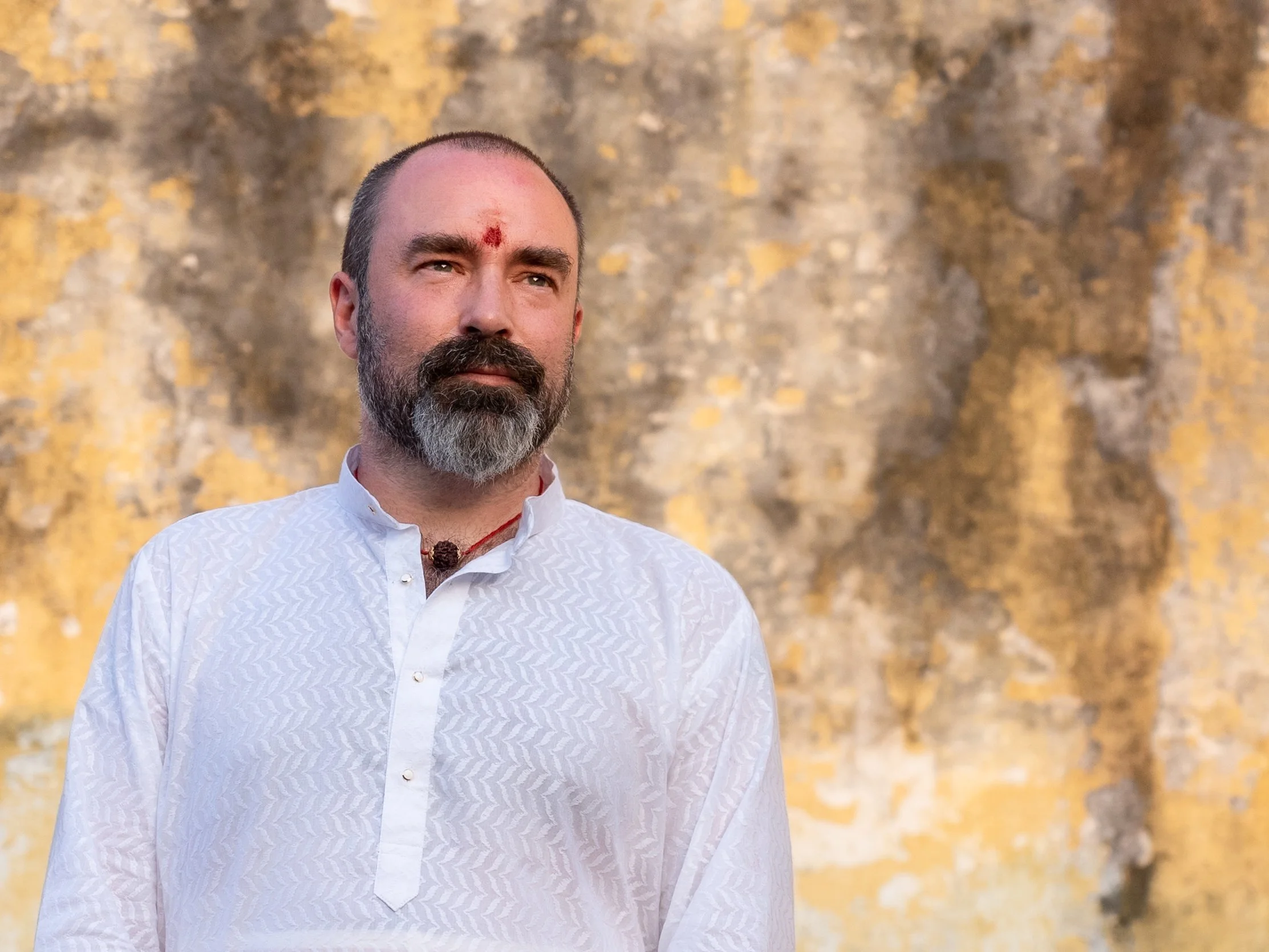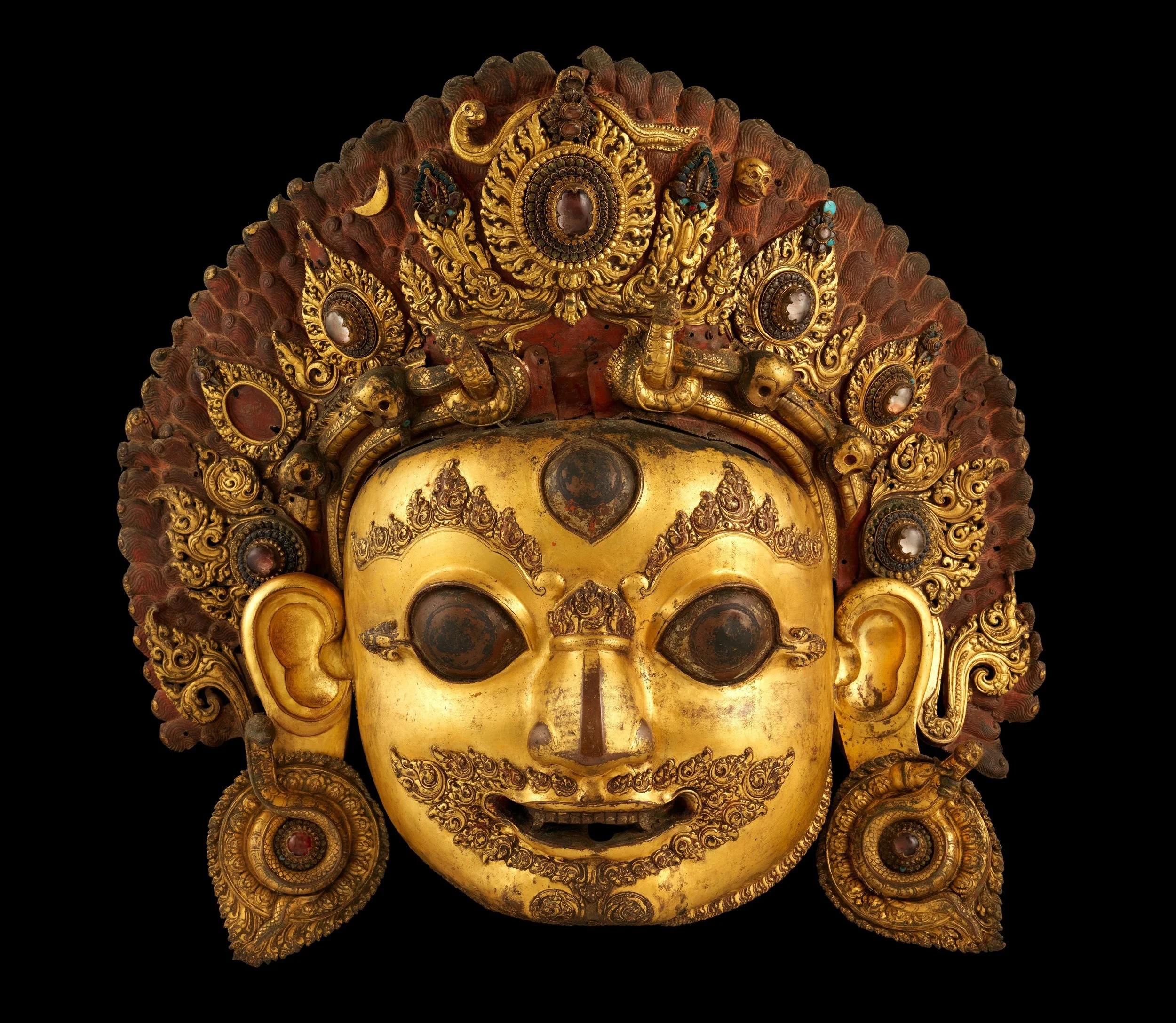Hi, I’m Christopher, also known as Hareesh.
I’m a scholar-practitioner of Classical Tantra and I share classical Tantric philosophy and practices with a thriving online community of spiritual practitioners.
My new book is Near Enemies of the Truth, out in November (you can pre-order now).
I wrote Tantra Illuminated, the first truly comprehensive and accessible introduction to Classical Tantra and founded the online learning portal Tantra Illuminated Online. There you can join me for Satsang every Saturday and find a treasure trove of hundreds of guided meditations and teachings.
This is my personal blog. Here you’ll find all my blog posts, some of my writings available to download for free, as well as my biography, some testimonials, and the calendar of online and in-person retreats and classes I run around the world.
Enjoy browsing.
Presenting verses 32 and 33 of that astonishing scripture, the Vijñāna-bhairava-tantra. The practice of verse 32 is one of my personal favorites.
The first 32 sūtras of the Shiva-sūtras, compiled by Vasugupta in 850 CE, in a new translation.
8 English translations ~ 2 French ~ 1 German ~ 1 Spanish ~ 2 English renderings, compared verse by verse
8 English translations ~ 2 French ~ 1 German ~ 1 Spanish ~ 2 English renderings, compared verse by verse
The VBT series continues with a study of verse 31, on the khecarī mudrā, which most previous translators have not been able to explicate.
What is the real, original Kundalinī Yoga? Sharing some fascinating sources on the topic from the 16th, 18th, and 20th centuries.
The Vātūlanātha-Sūtras, the "sutras of the Intoxicated Lord" or the "sutras of the Wild Master," were written down over 1000 years ago and first published 100 years ago in Kashmīr, but never comprehensibly translated into English until now.
Materials for the contemplation of the Twelve Kālīs, the most important and most ‘secret’ doctrine of the Krama lineage, collated in one place (and translated) for the first time online. Part three of three.
Donate if you feel called to support making my work available to more people at lower cost.










In this post, find out about my upcoming projects and recent publications. This post will be updated regularly as new material is published.